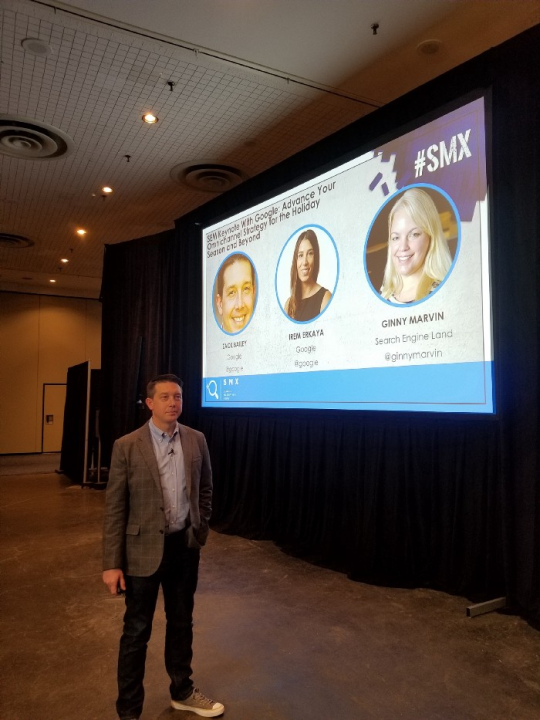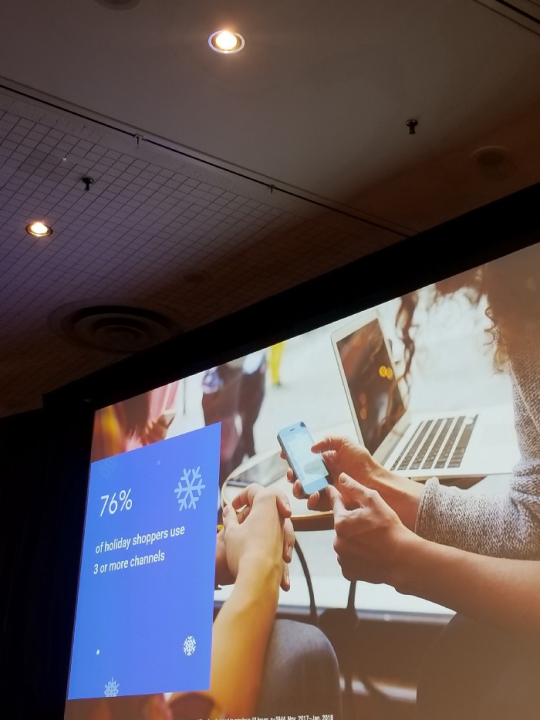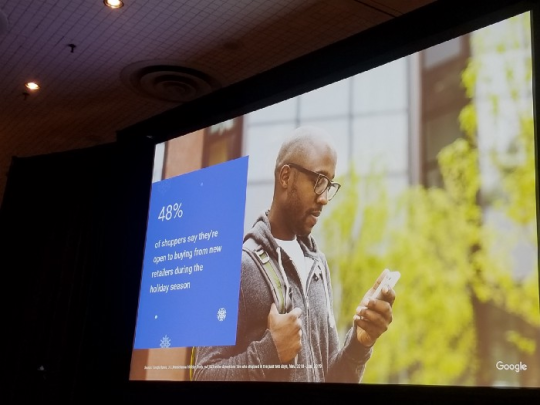How to use Mail in Direct Marketing for Lead Gen & Demand Gen
Today we receive a lot of mail. Most of the time, a majority of the mail that I receive is a solicitation and/or junk mail. People are very busy; as a result they will skim their mail very quickly. They have to think that your message is compelling and relevant to them within the first 30 seconds. Otherwise, your mail will get tossed in the trash.

To make sure you get your mailing opened, you have to make sure that you are directing your message to the decision maker. The decision maker will be different depending on your product. It is important that your recipient see’s your message as valuable. In your mailing, I would ask catching questions in terms of the person you are trying to market to. For example, I would ask questions such as: Are you happy with your company’s current sales and marketing results?, Are you satisfied with your company’s standing in the marketplace?, Do you want to know how you can produce more?, If you lost ______ what would you do?, Do you have a backup plan in place if this happens?
The insurance industry does this when they want to sell insurance policies. You have to customize the message for your product or service. This message will get the decision maker thinking because everyone wants to produce more. In other words, you need a message that drives people to act.
Another thing that you could do is to offer a free trial of your work. You could also offer a discount to new customers. For example, you could offer a free consultation. Also, if you are sending the mailing to existing customers, I would offer them rewards for referrals. Make sure to provide a direct response card with paid postage for them to mail back.
Besides the copy and content of the message, it is important to make your mailing visually appealing to your prospect. The copy should be clean, neat and easy to read. Use colors and images that are visually appealing in your message. Make sure that prospects are aware of your presence on social media sites by including badges with link addresses.
Make sure that your business address, phone number and website are included in each piece of the mailing. This is a good precaution to take in case any piece of your mailing gets lost.











